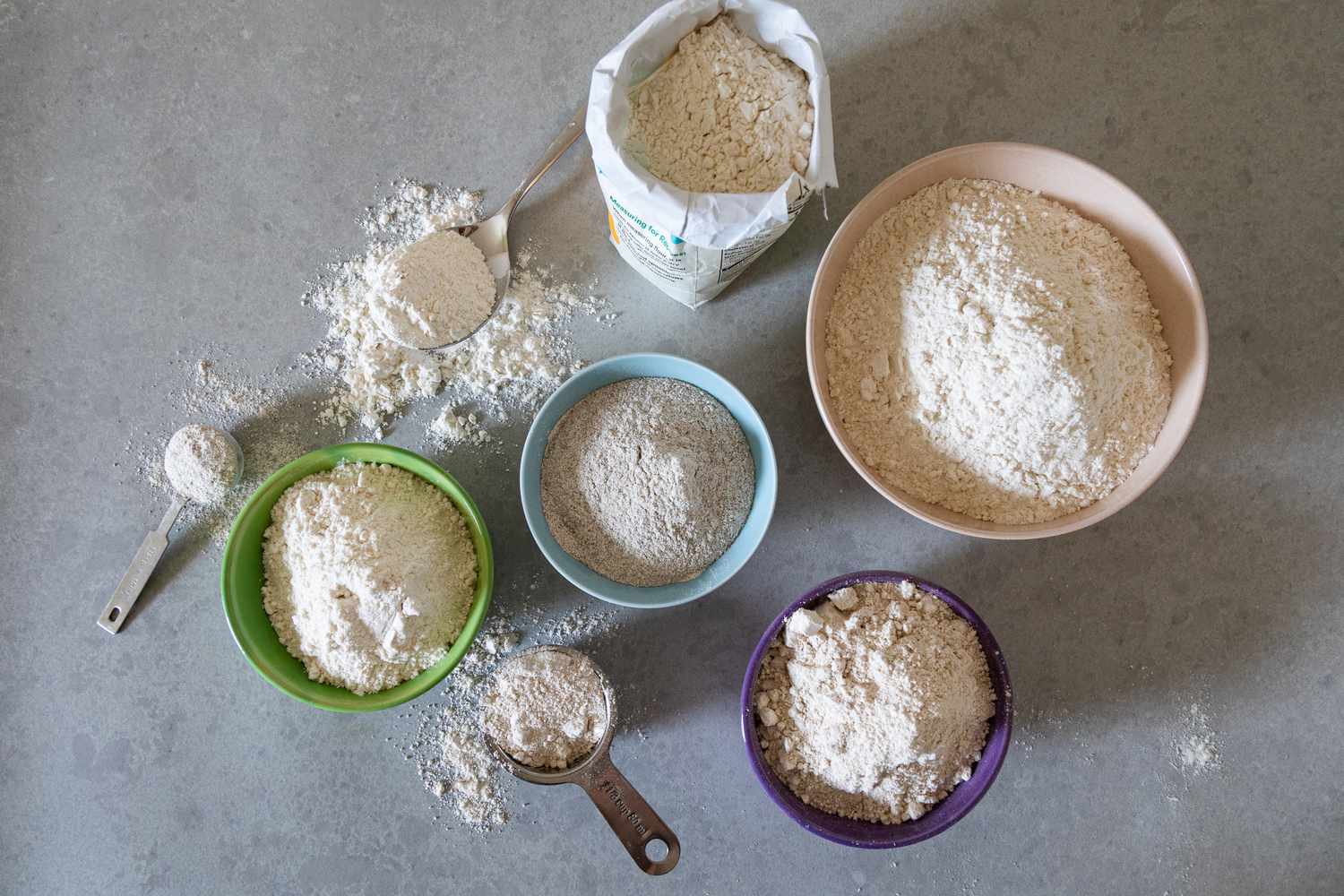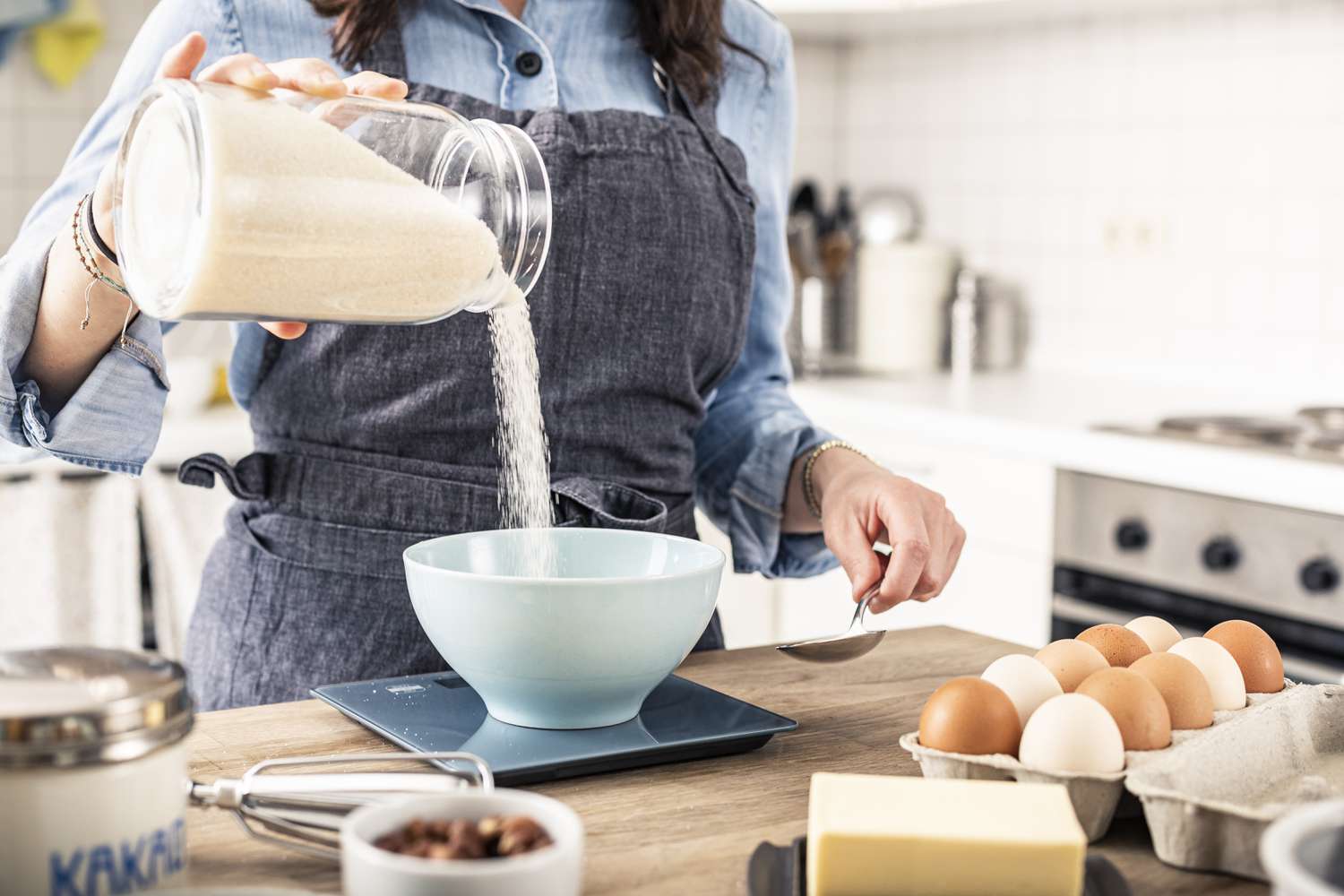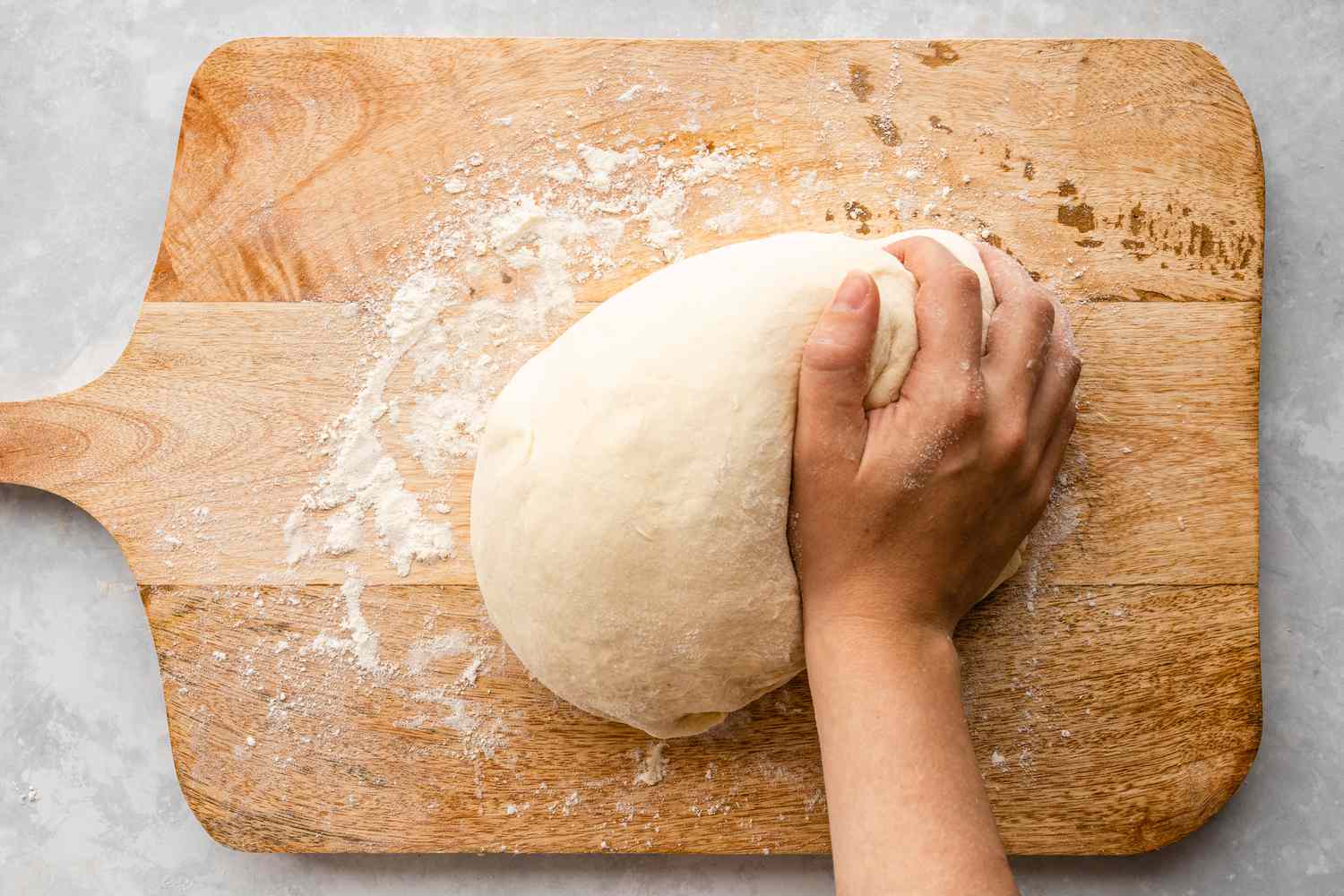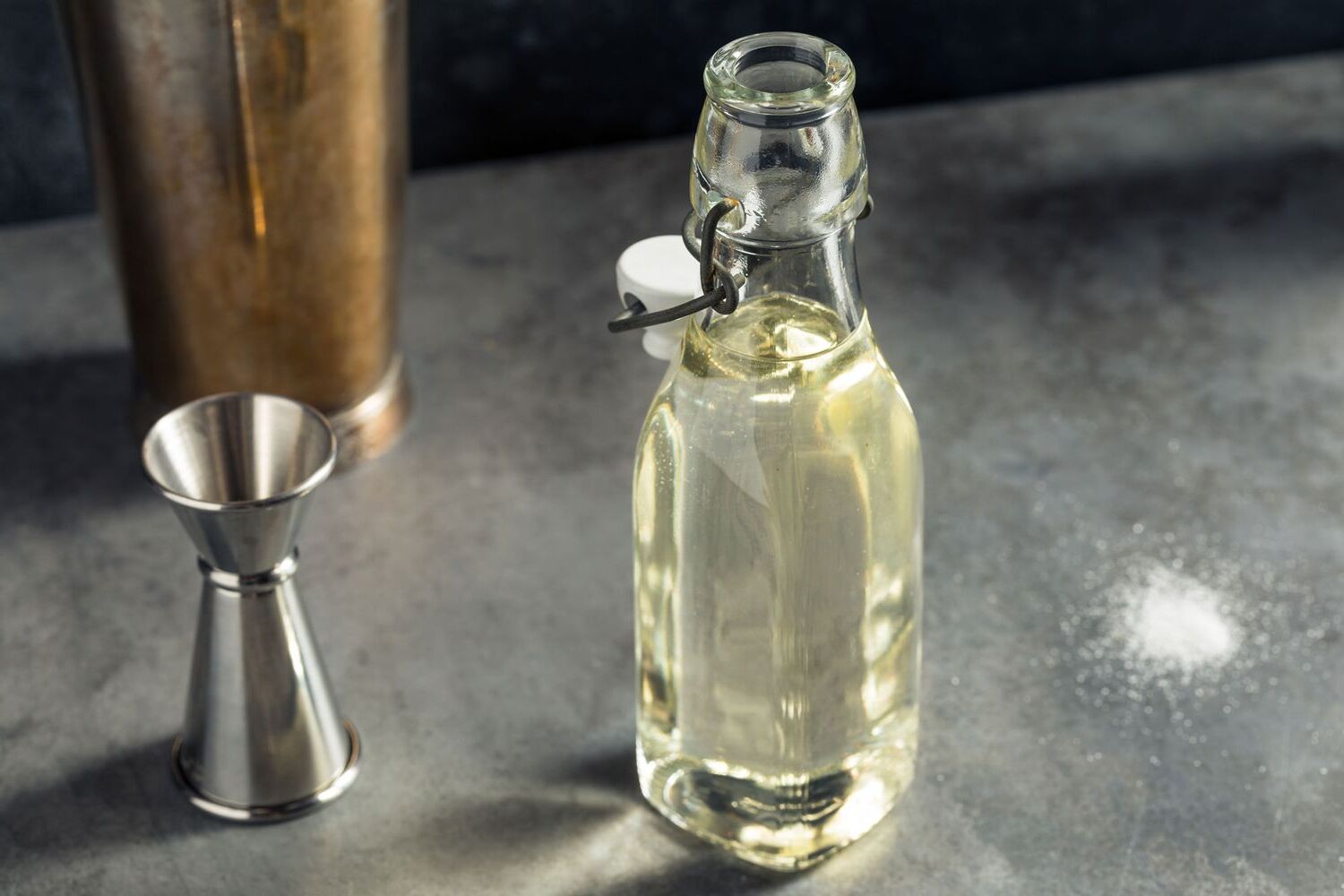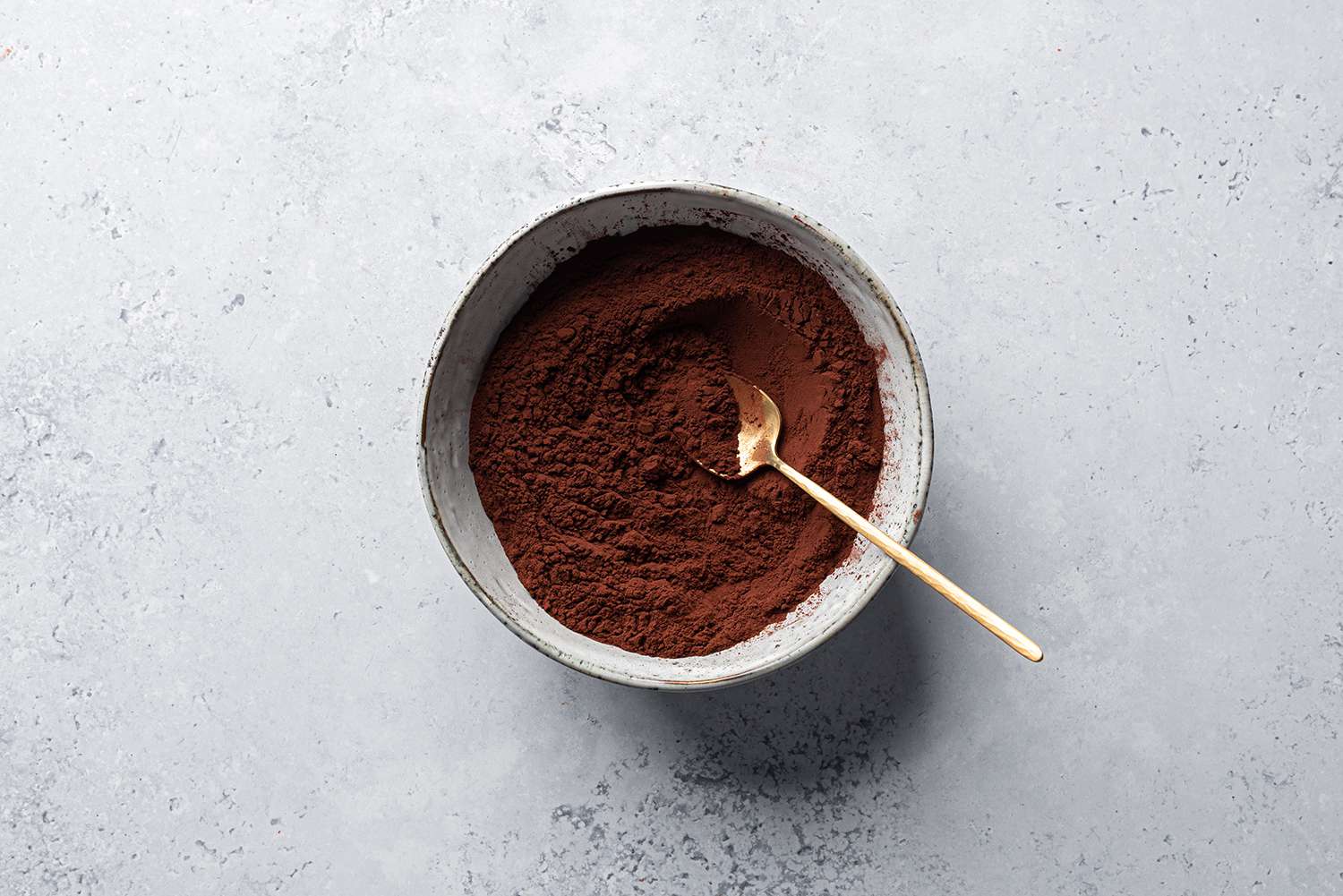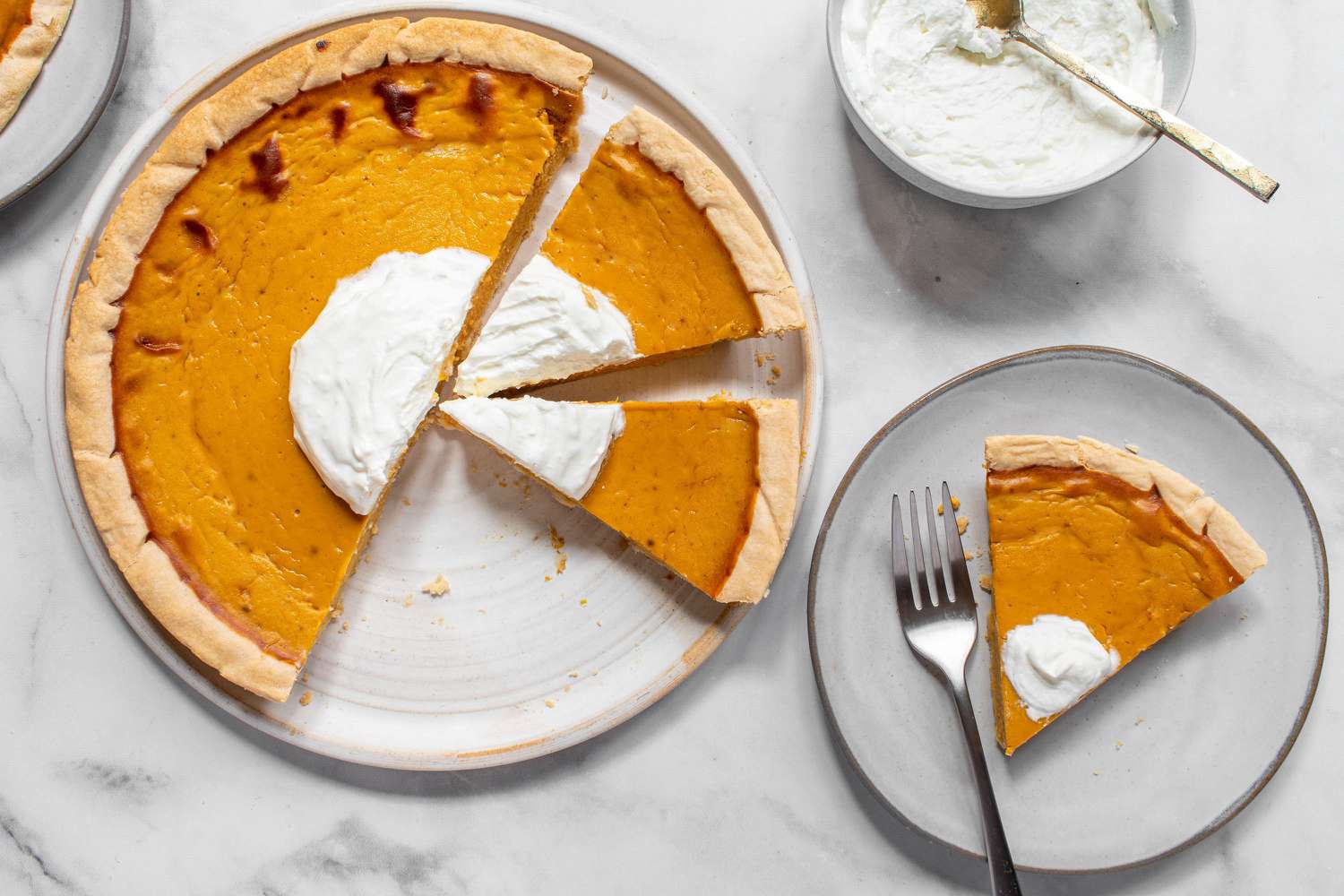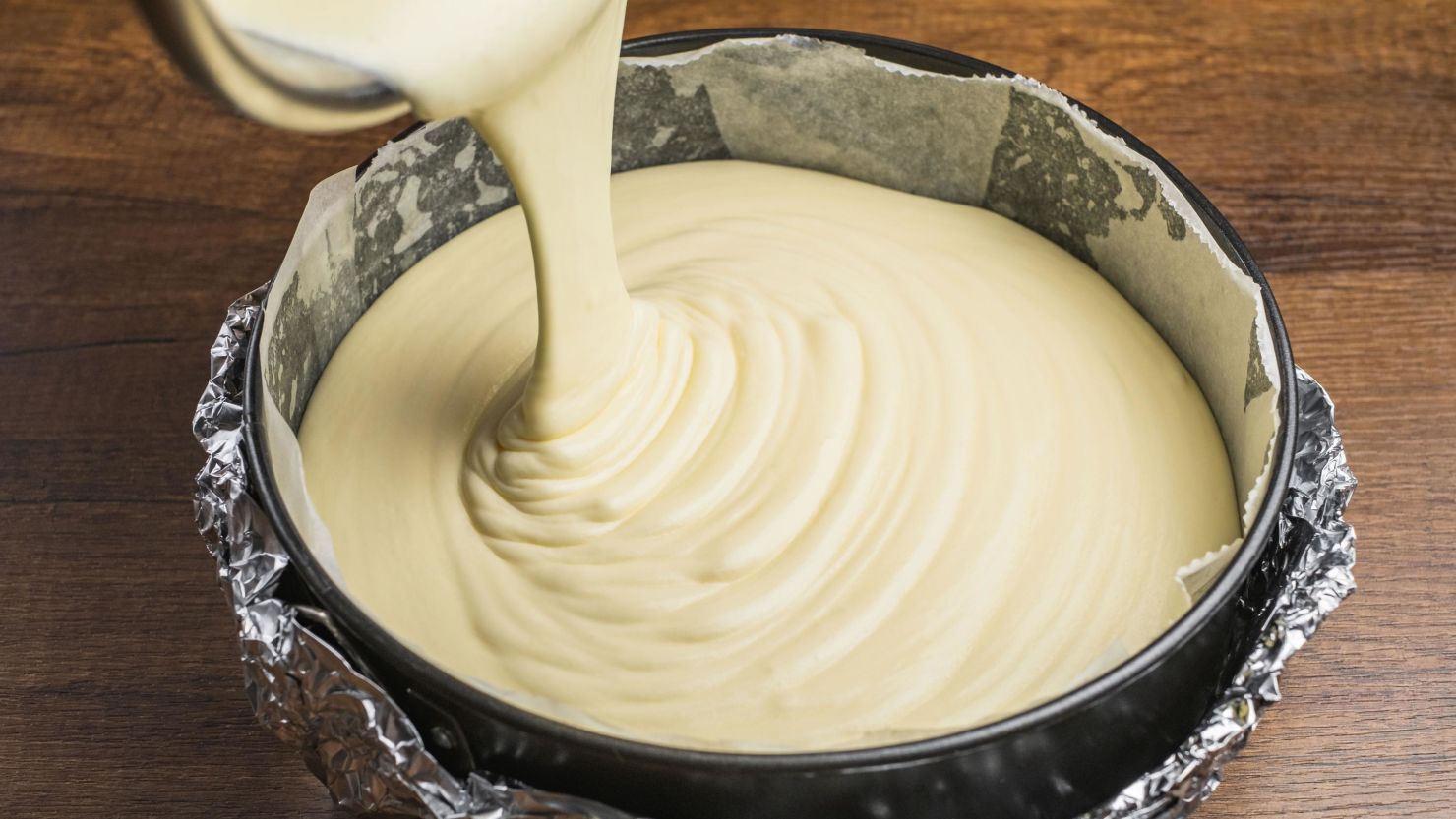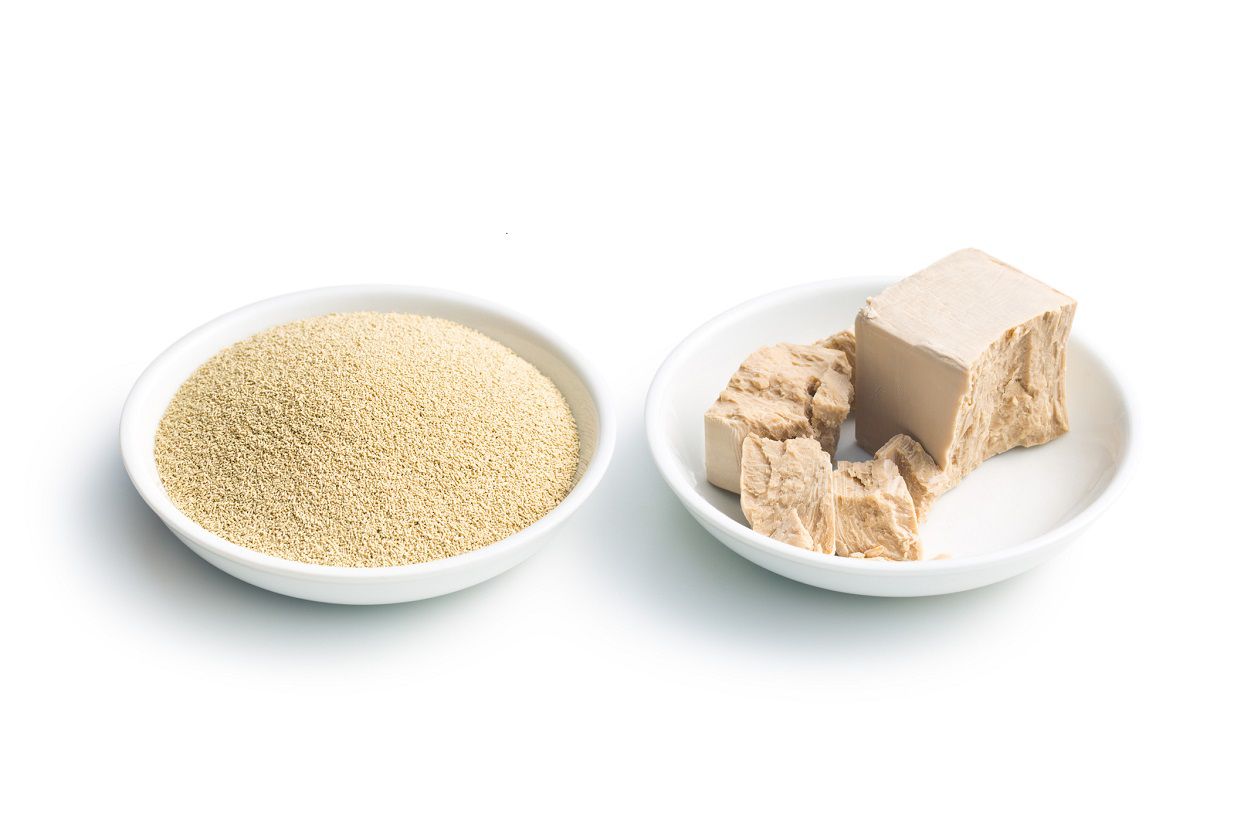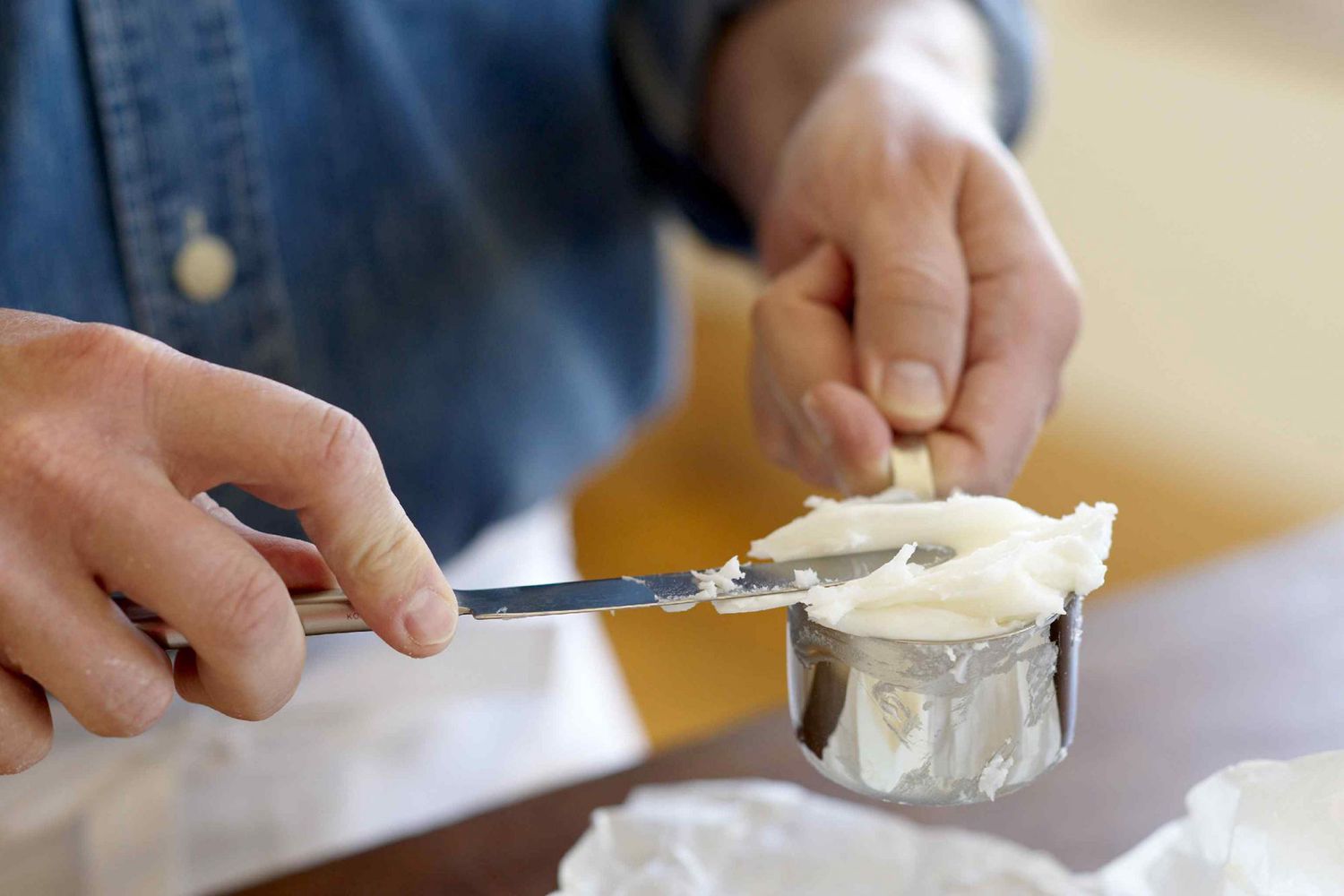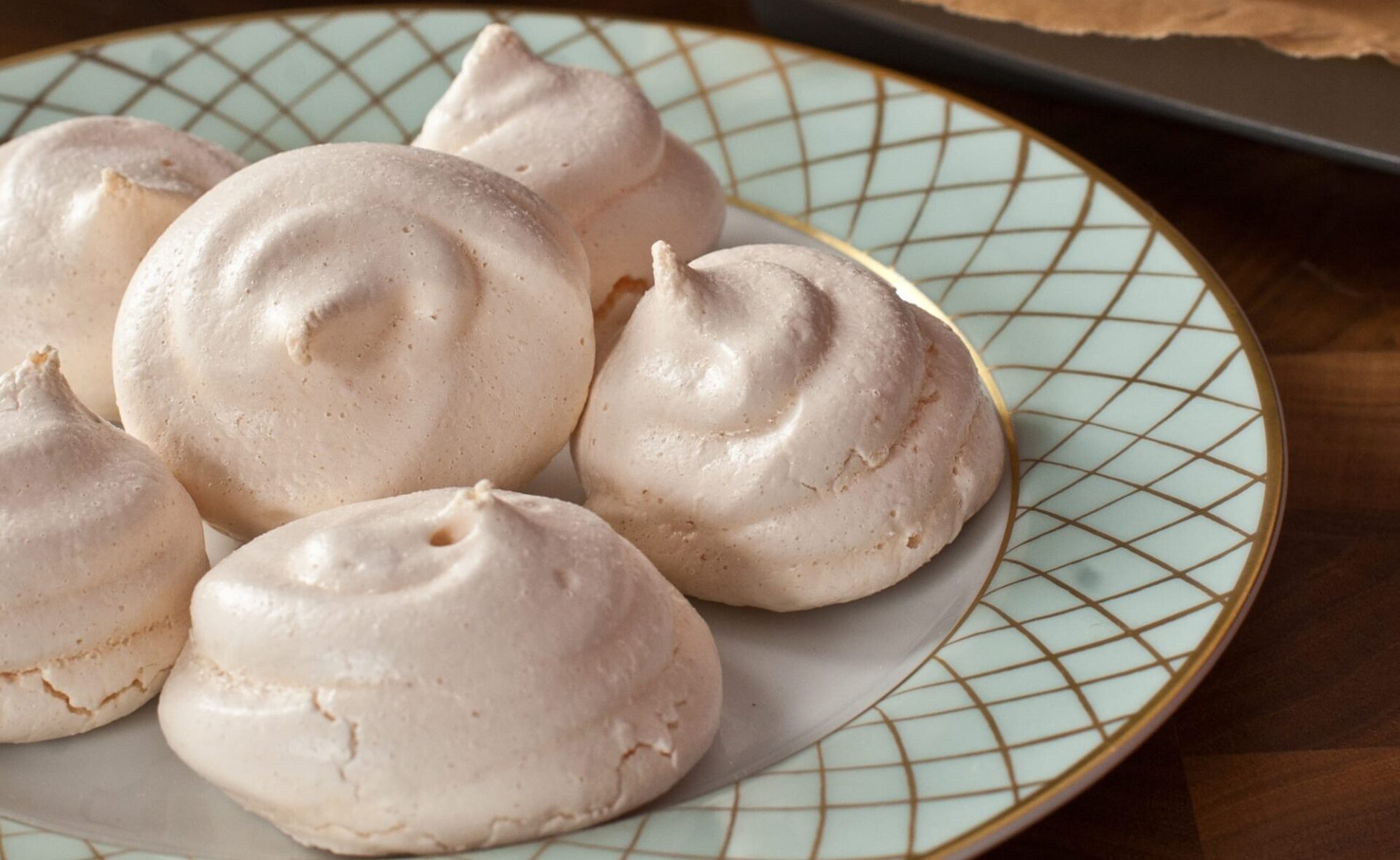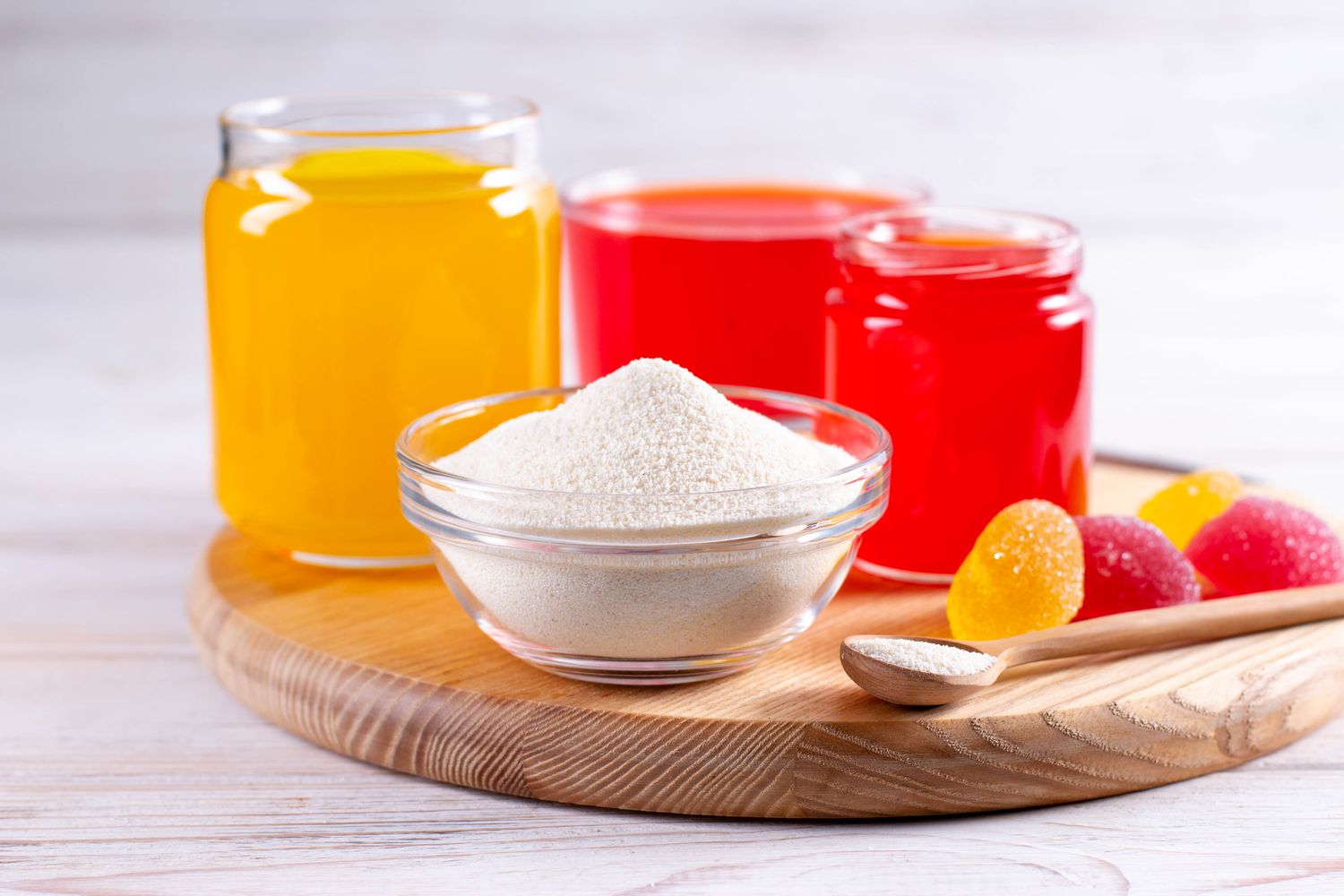Sugar plays a crucial role in baking, affecting taste, texture, and appearance. Knowing the differences between various types can elevate your baking skills. Granulated sugar, brown sugar, powdered sugar, and specialty sugars each bring unique qualities to recipes. Granulated sugar provides sweetness and structure, while brown sugar adds moisture and a rich flavor. Powdered sugar, perfect for frostings, dissolves easily. Specialty sugars like turbinado or muscovado offer distinct tastes and textures. Understanding these differences helps you choose the right sugar for your baked goods, ensuring delicious results every time. Let's dive into the sweet world of sugar and its many forms.
Essential Ingredients for Baking 101
Baking 101: Understanding Different Types of Sugar
-
Granulated Sugar
- Common white sugar
- Used in most baking recipes
-
Brown Sugar
- Contains molasses
- Adds moisture and a caramel flavor
-
Powdered Sugar
- Finely ground sugar with cornstarch
- Ideal for icing and dusting
-
Turbinado Sugar
- Raw sugar with large crystals
- Great for topping baked goods
-
Demerara Sugar
- Coarse, amber-colored crystals
- Adds crunch and a mild molasses flavor
-
Muscovado Sugar
- Unrefined, dark brown sugar
- Strong molasses taste, good for rich desserts
-
Caster Sugar
- Finer than granulated sugar
- Dissolves quickly, perfect for meringues
-
Sanding Sugar
- Large, decorative crystals
- Used for decorating cookies and cakes
-
Coconut Sugar
- Made from coconut palm sap
- Has a mild caramel flavor
-
Date Sugar
- Made from ground dried dates
- Adds a natural sweetness and fiber
-
Palm Sugar
- Derived from palm tree sap
- Used in Southeast Asian desserts
-
Maple Sugar
- Made from crystallized maple syrup
- Adds a unique maple flavor
-
Honey
- Natural sweetener from bees
- Adds moisture and a distinct taste
-
Agave Nectar
- Syrup from agave plant
- Sweeter than honey, used in vegan recipes
Tools You Will Need for Baking 101
Tools Needed for Baking 101: Understanding Different Types of Sugar
-
Measuring Cups and Spoons
- Essential for accurate measurements of sugar types.
-
Mixing Bowls
- Various sizes to mix and combine ingredients.
-
Whisk
- Helps in blending sugar with other ingredients.
-
Sifter
- Useful for breaking up clumps in powdered sugar.
-
Kitchen Scale
- Ensures precise weight measurements, especially for recipes requiring specific sugar amounts.
-
Spatula
- Ideal for scraping bowls and folding ingredients together.
-
Electric Mixer
- Speeds up the process of creaming sugar and butter.
-
Storage Containers
- Keeps different sugars fresh and prevents clumping.
-
Labels
- Helps in identifying various types of sugar in storage.
-
Baking Sheets and Pans
- Necessary for baking cookies, cakes, and other treats using different sugars.
-
Oven Thermometer
- Ensures the oven is at the correct temperature for baking.
-
Cooling Rack
- Allows baked goods to cool evenly after baking.
Different sugars affect texture and flavor. Granulated sugar adds crispness, brown sugar gives moisture and a caramel taste, while powdered sugar creates smooth icings. Choose wisely for desired results.
Why Understanding Different Types of Sugar Matters
Granulated sugar is the most common type. It’s used for general baking and cooking. Brown sugar contains molasses, giving it a moist texture and rich flavor. Powdered sugar is finely ground, perfect for icings and dusting. Raw sugar is less processed, retaining more natural flavors.
Step-by-Step Guide to Baking 101
Baking 101: Understanding Different Types of Sugar
-
Granulated Sugar
- Appearance: White, fine crystals
- Uses: General baking, sweetening beverages
- Properties: Dissolves easily, provides structure
-
Brown Sugar
- Appearance: Moist, brown crystals
- Uses: Cookies, cakes, sauces
- Properties: Adds moisture, rich flavor
-
Powdered Sugar
- Appearance: Fine, white powder
- Uses: Frosting, dusting, candy
- Properties: Dissolves quickly, smooth texture
-
Turbinado Sugar
- Appearance: Coarse, golden crystals
- Uses: Topping, sweetening beverages
- Properties: Mild molasses flavor, crunchy texture
-
Muscovado Sugar
- Appearance: Dark, sticky crystals
- Uses: Rich desserts, marinades
- Properties: Strong molasses flavor, high moisture
-
Demerara Sugar
- Appearance: Large, amber crystals
- Uses: Topping, sweetening beverages
- Properties: Crunchy texture, mild flavor
-
Caster Sugar
- Appearance: Fine, white crystals
- Uses: Baking, meringues
- Properties: Dissolves quickly, smooth texture
-
Sanding Sugar
- Appearance: Large, coarse crystals
- Uses: Decorating, topping
- Properties: Sparkling appearance, crunchy texture
-
Pearl Sugar
- Appearance: Large, opaque crystals
- Uses: Decorating, waffles
- Properties: Crunchy texture, retains shape
-
Coconut Sugar
- Appearance: Brown, granulated
- Uses: Baking, sweetening beverages
- Properties: Caramel-like flavor, lower glycemic index
-
Date Sugar
- Appearance: Fine, brown powder
- Uses: Baking, sweetening
- Properties: Rich flavor, high fiber
-
Maple Sugar
- Appearance: Fine, brown granules
- Uses: Baking, sweetening
- Properties: Maple flavor, natural
-
Palm Sugar
- Appearance: Brown, granulated or solid
- Uses: Asian desserts, sweetening
- Properties: Caramel flavor, unrefined
-
Honey
- Appearance: Thick, golden liquid
- Uses: Baking, sweetening
- Properties: Moisture, distinct flavor
-
Agave Nectar
- Appearance: Thin, amber liquid
- Uses: Baking, sweetening
- Properties: Mild flavor, low glycemic index
Sweet Success in Baking
Understanding the different types of sugar is key to becoming a better baker. Each type, from granulated to powdered to brown, has its unique properties and uses. Granulated sugar adds sweetness and structure, while powdered sugar is perfect for frostings and dusting. Brown sugar, with its molasses content, brings moisture and a rich flavor to cookies and cakes. Knowing when and how to use each type can make a big difference in your baked goods. Experiment with these sugars in your recipes to see how they affect texture and taste. Happy baking!
Common Questions About Baking 101
What's the difference between white sugar and brown sugar?
Well, white sugar, also known as granulated sugar, is your go-to for most baking needs. It's refined, with a light texture that's perfect for creaming into butter for cookies or fluffing up eggs for cakes. Brown sugar, on the flip side, has a bit of molasses added back into it. This not only gives it a moist, clumpy texture but also a deeper flavor with hints of caramel. Ideal for richer desserts, like chocolate chip cookies or brownies, brown sugar can add a lovely depth to your bakes.
Can I substitute brown sugar for white sugar in recipes?
Sure thing, but keep in mind it'll change the game a bit. Swapping brown sugar for white sugar one-to-one is doable, but it'll tweak the flavor and moisture content of your final dish. Brown sugar brings in more moisture due to its molasses content, making your baked goods moister and denser. Plus, that molasses kick will add a warmer, more complex taste. So, if you're up for a little experiment, go for it, but expect a slight twist on the texture and flavor.
What about powdered sugar? How does it fit into baking?
Powdered sugar, also known as confectioners' sugar, is white sugar that's been ground into a fine powder and mixed with a bit of cornstarch to prevent caking. Its super fine texture dissolves almost instantly, making it a dream for creating smooth icings, frostings, and glazes. Not really a direct substitute for granulated or brown sugars due to its different properties, but it's a must-have for finishing touches on cakes and pastries.
Is raw sugar better for baking than refined sugars?
"Better" is a bit of a stretch, but raw sugar, like turbinado or demerara, has larger crystals and a slight molasses flavor, giving it a unique edge. It's less processed than white sugar, retaining a bit of the natural molasses from the sugarcane. While not always ideal for recipes requiring fine textures, it's great for sprinkling on top of baked goods for a crunchy finish or adding a hint of molasses flavor. Just remember, its larger crystals don't always blend as smoothly into recipes as finer sugars do.
How does coconut sugar compare to traditional sugars in baking?
Coconut sugar brings its own flair to the party. Made from the sap of the coconut palm, it has a similar granularity to brown sugar and a rich, caramel-like flavor. While it can replace white or brown sugar in recipes, it's a tad less sweet, so you might find yourself needing a bit more to achieve the same level of sweetness. Plus, its unique flavor can add an interesting twist to your baked goods, though it might slightly alter the taste profile you're used to.
What role does sugar play in baking, beyond just sweetening?
Sugar is quite the multitasker in baking. Beyond adding sweetness, it's crucial for creating tender textures in cakes and cookies, helping them brown and develop those irresistible crusts. Sugar also stabilizes whipped egg whites in meringues and soufflés, keeping them fluffy and light. So, it's not just about the sweet taste; sugar affects the structure, color, and even the shelf life of your baked delights.
